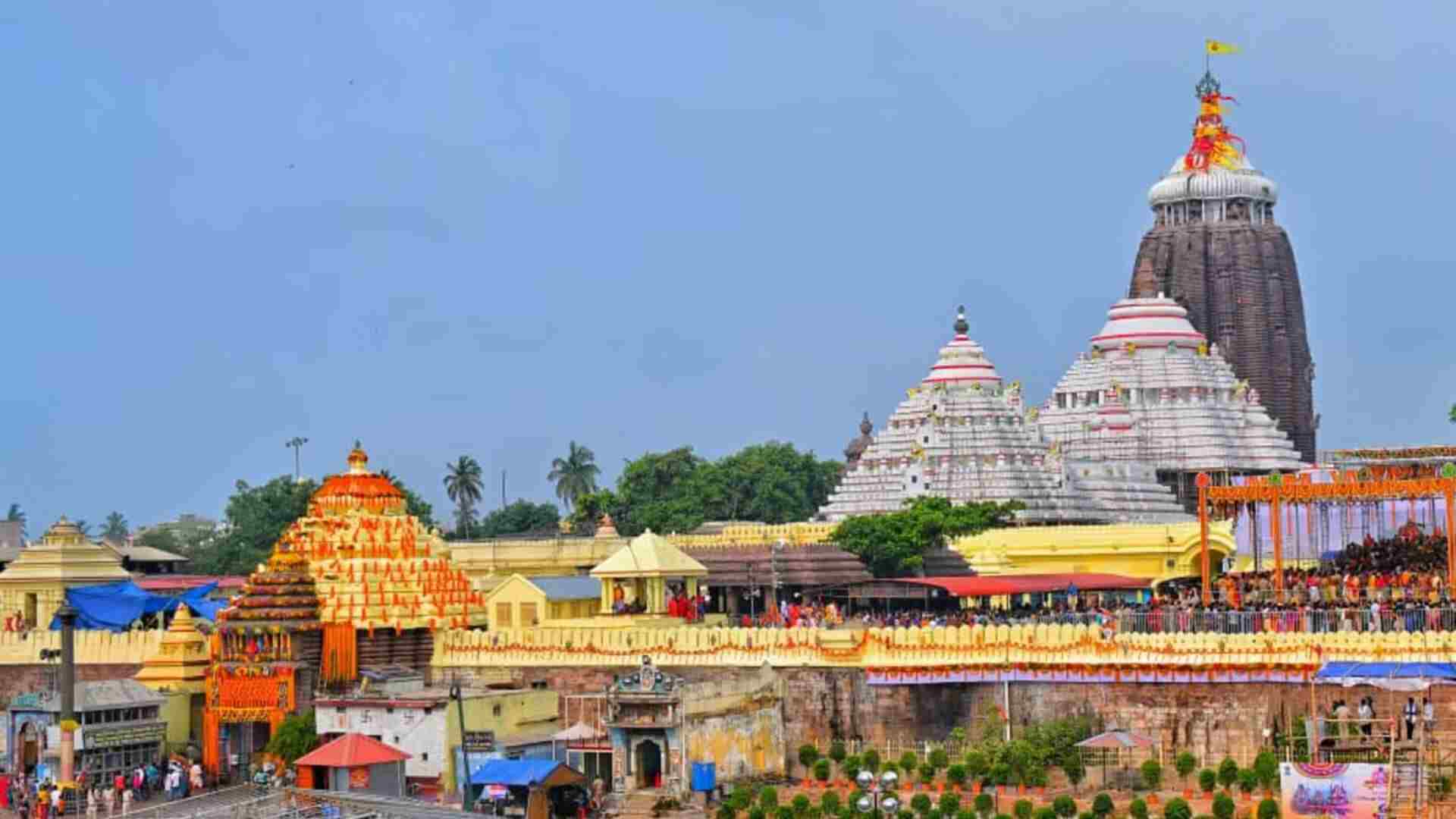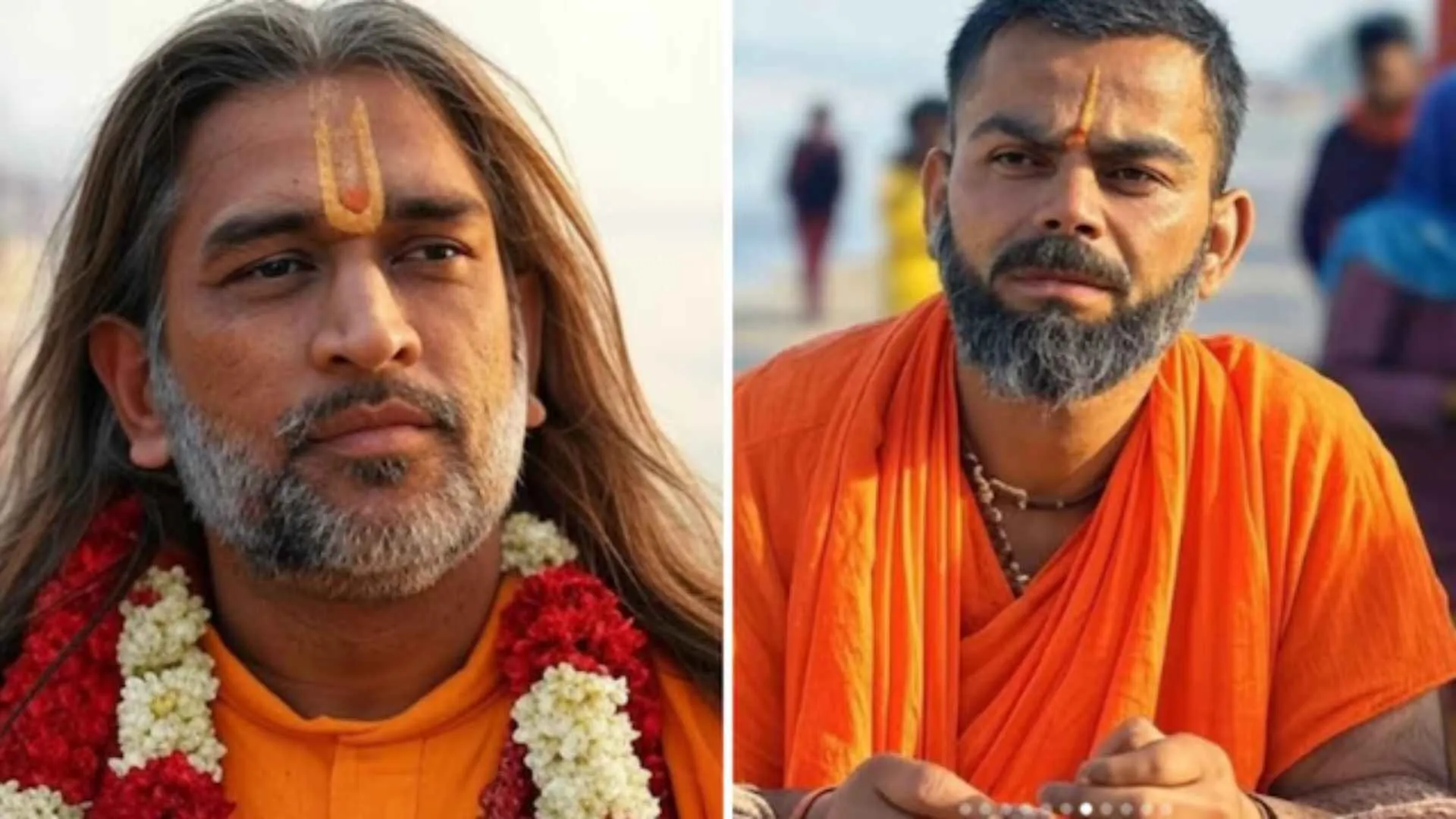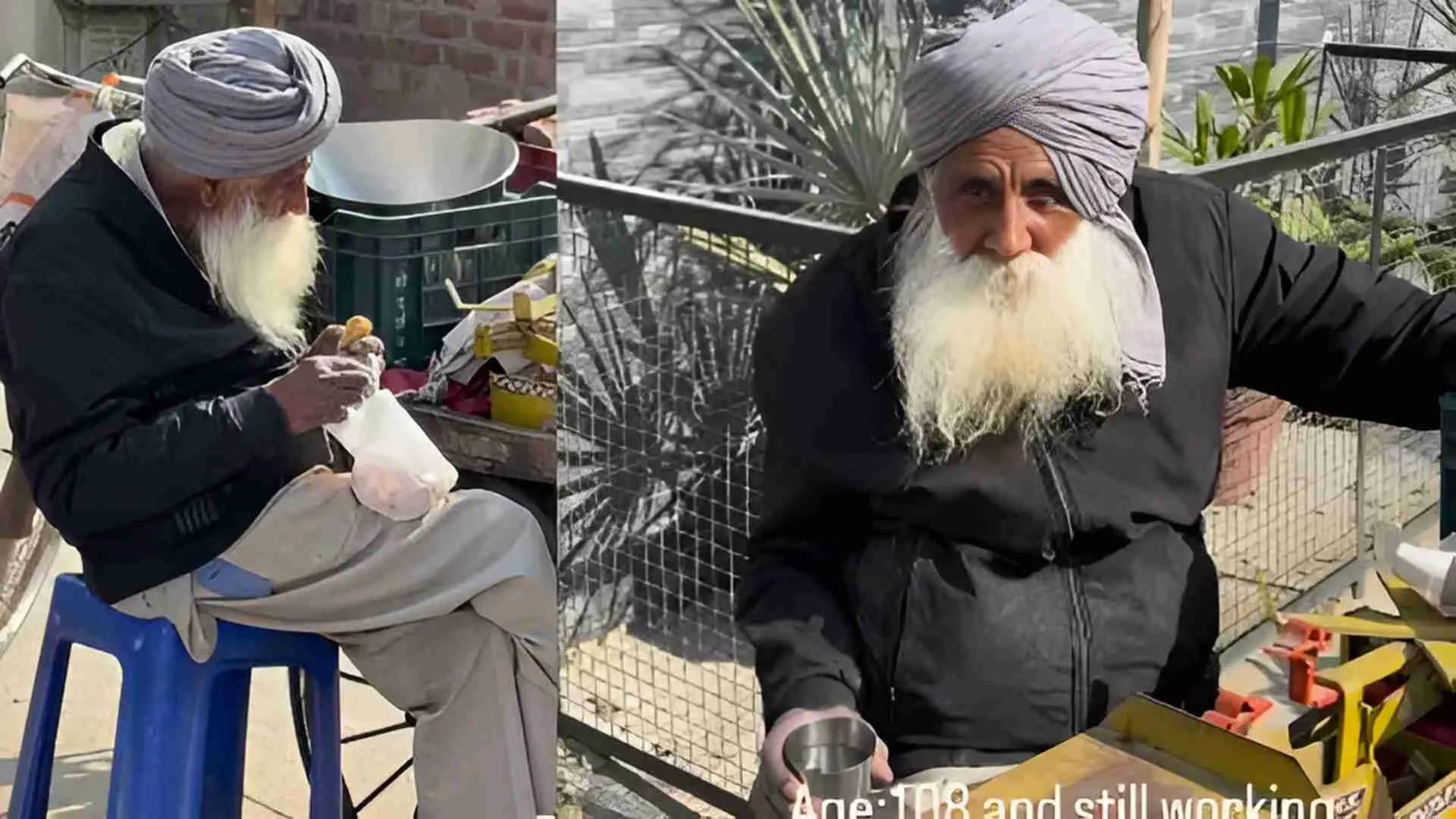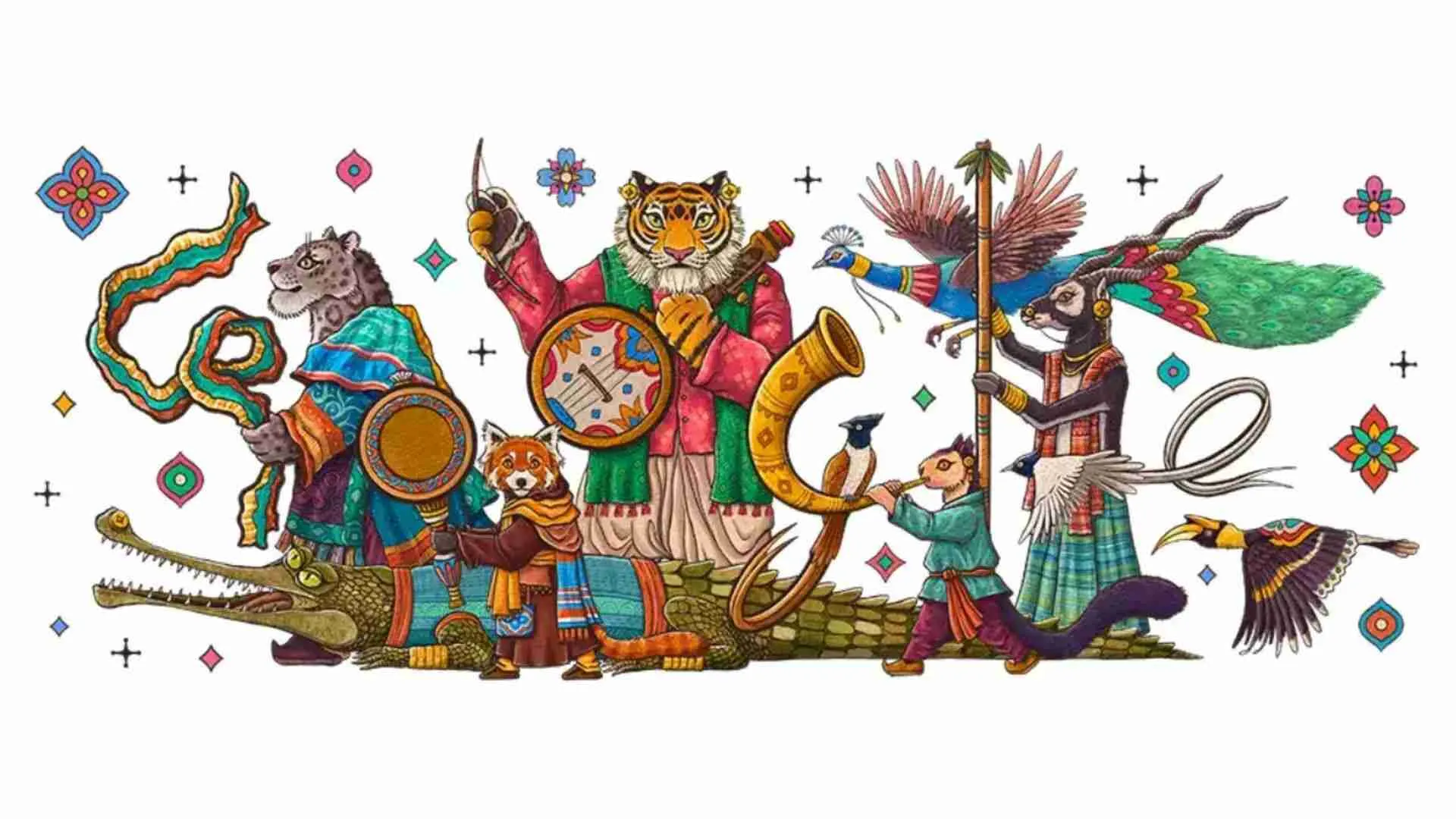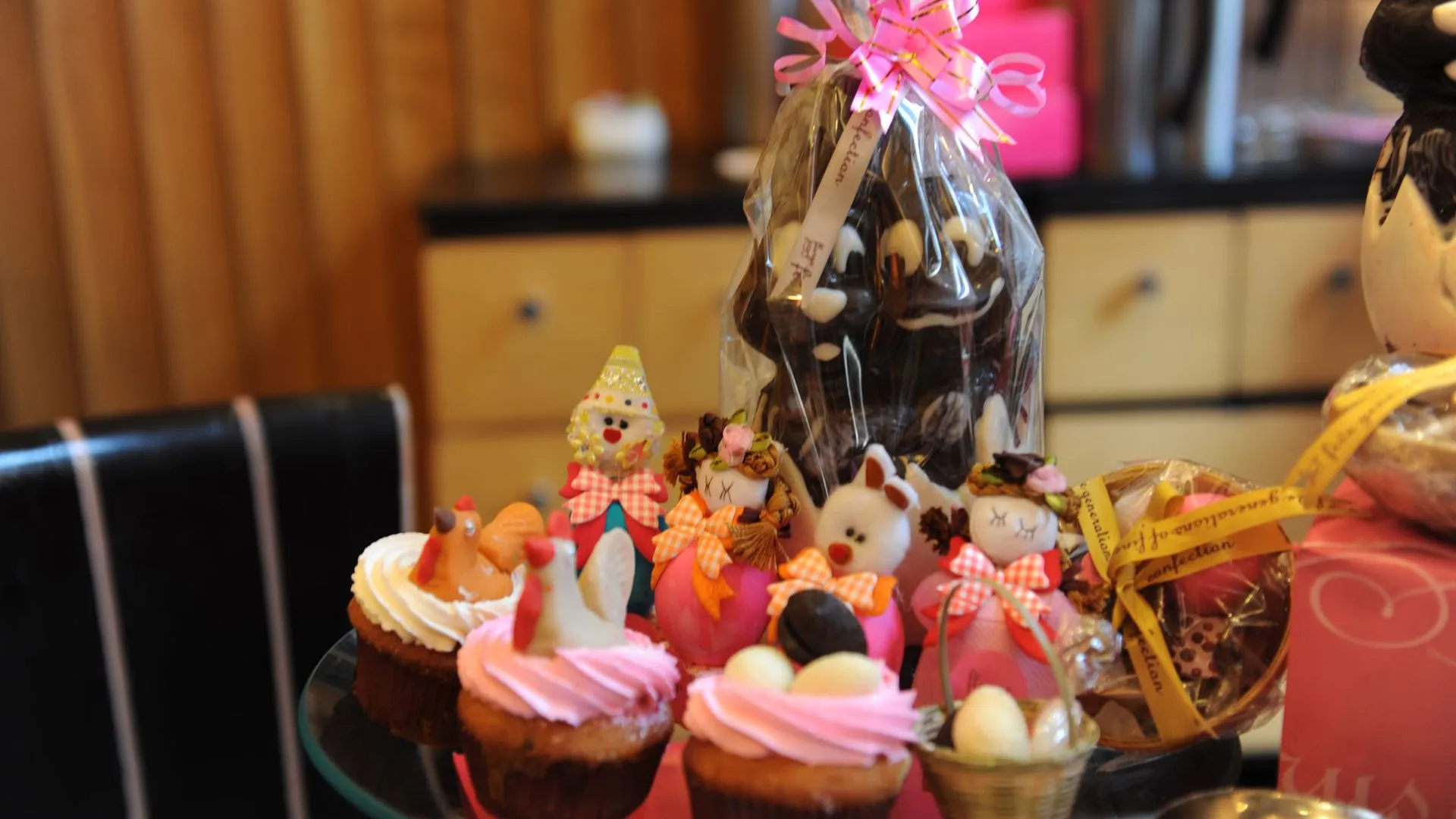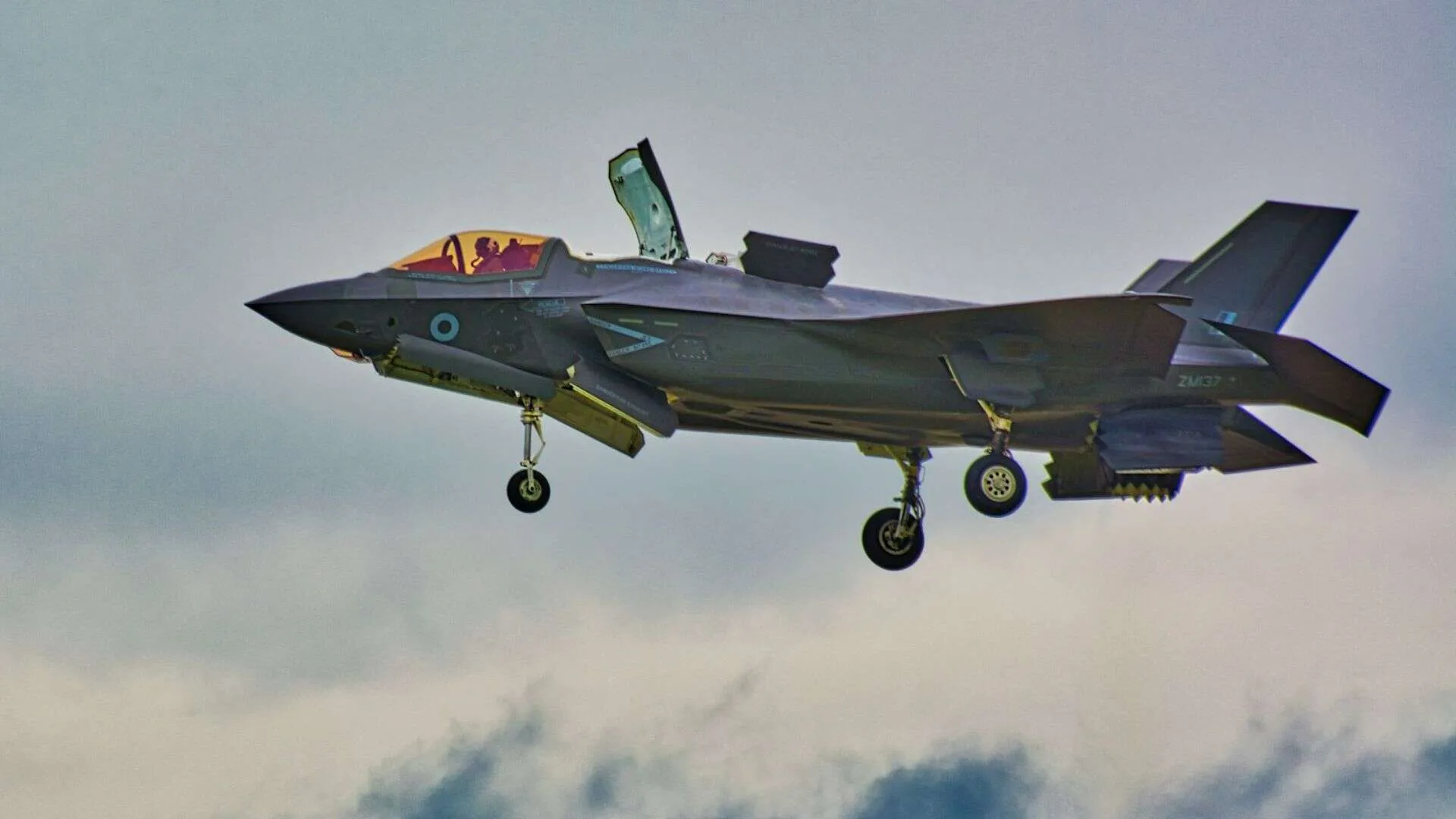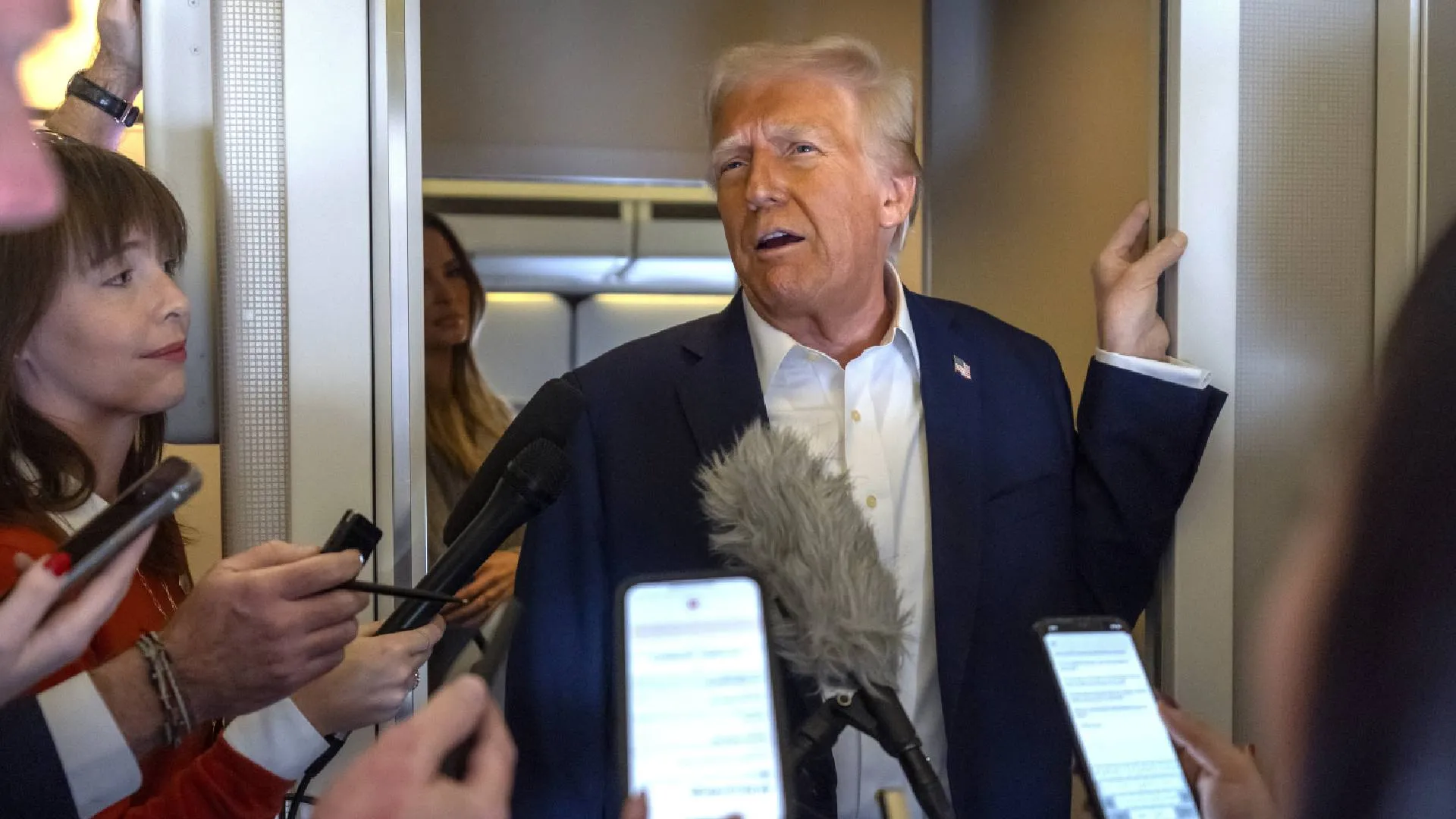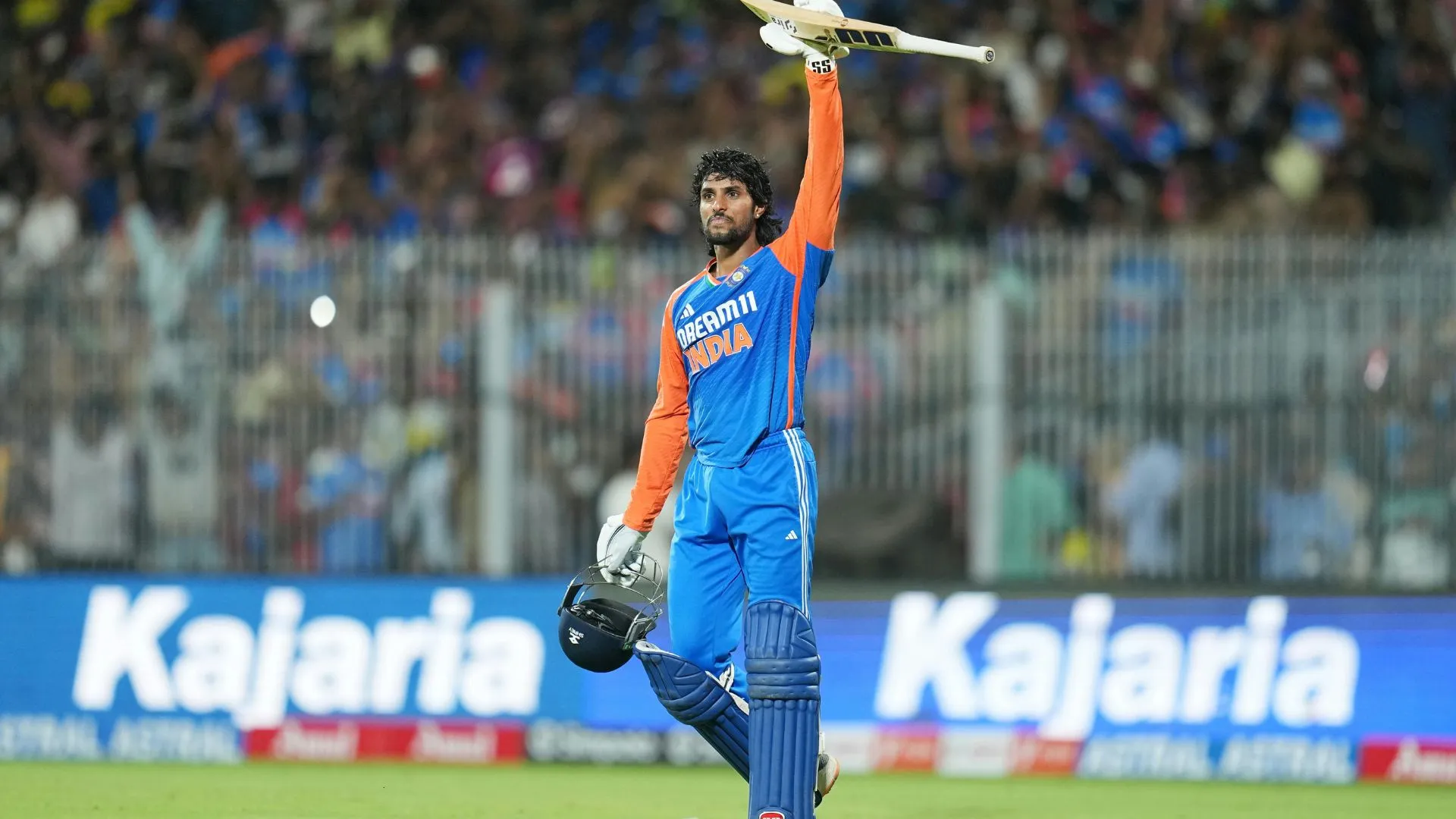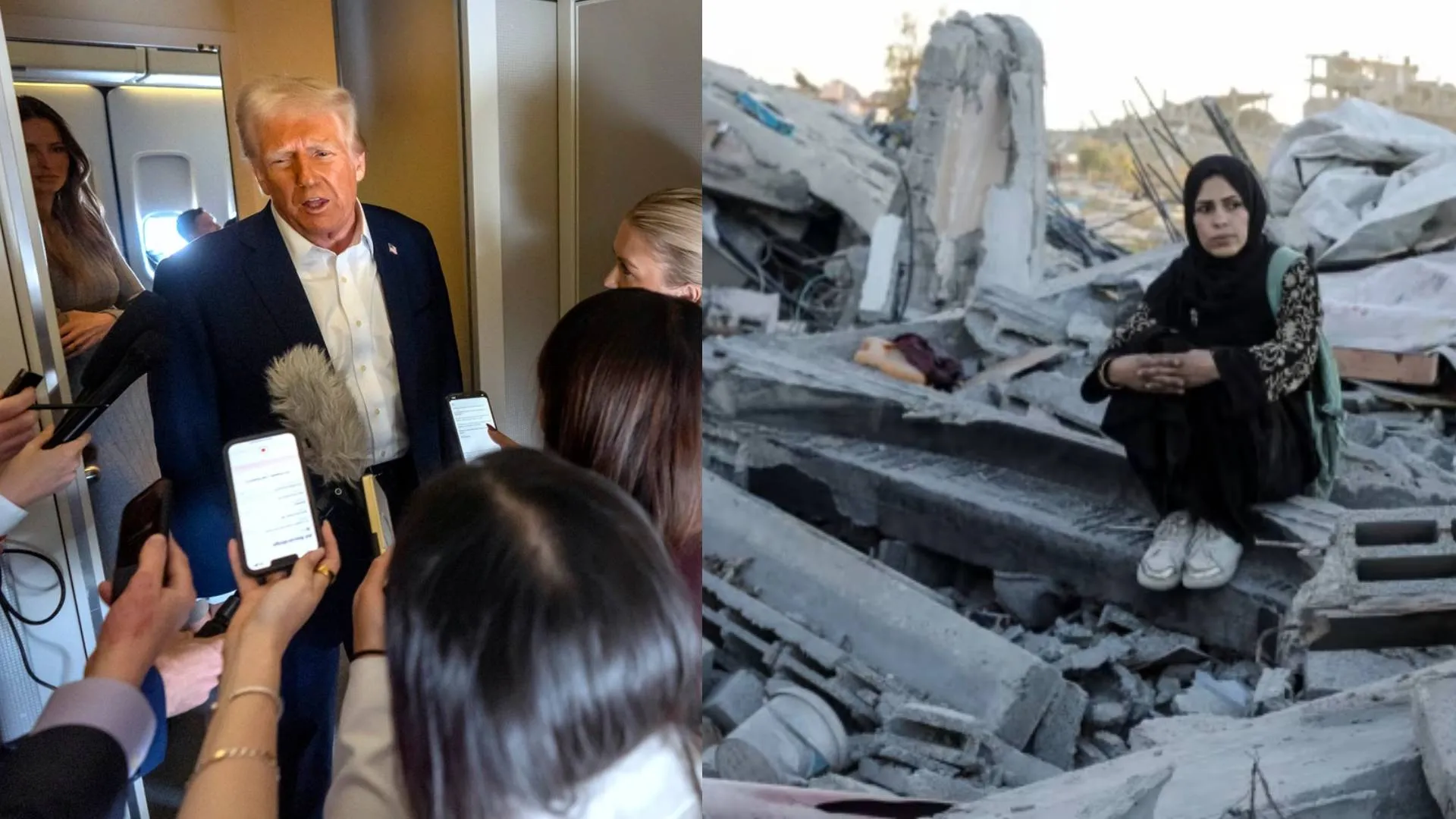The BJP won big in Odisha in both the Lok Sabha and assembly elections, decimating the BJD that ruled for almost 25 years. The BJP promised to open all four gates of Puri’s Jagannath Temple once in power, and it did. On Thursday, all four gates of the 12th-century temple, shut since the Covid-19 pandemic, were opened to the public.
Devotees faced hardships as three shrine doors closed, leaving only Singhadwara open for darshan of the ‘Holy Trinity’. The Ashvadwara, Vyaghradwara, and Hasti Dwara remained shut until Thursday. Chief Minister Mohan Majhi, in his first Cabinet meeting, cited devotees’ inconvenience due to the closed doors and allocated Rs 500 crore for temple beautification and repairs.
Significance of Four Doors
The temple’s outer wall has four gates, each with a unique animal symbol. The east gate, called Lion Gate or Singhadwara, features lions. The west gate, known as Tiger Gate or Vyaghradwara, is marked by tigers. The northern gate, named Elephant Gate or Hastidwara, showcases elephants. The southern gate, called Horse Gate or Ashvadwara, is adorned with horses.
Singhadwara: The lion statues on ‘Singhadwara’ symbolize Moksha and are named after the Narasimha avatar of Lord Vishnu. It’s believed that entering the temple through this gate grants Moksha.
Ashvadwara: The galloping horses with Jagannath and Balabhadra symbolize ‘Kama’ or lust. Legend has it that entering through this gate signifies sacrificing the feeling of lust, known as the road of victory. Kings sought the Lord’s blessing for victory in battles by entering through this gate.
Vyaghradwara: Entering the temple through Vyaghradwara symbolizes adherence to one’s Dharma, reinforcing spiritual commitment for sages and special devotees.
Hastidwara: The entrance features massive elephant sculptures on either side. Elephants are revered as the divine carriers of Maha Lakshmi, the Goddess of wealth. Those seeking prosperity enter the temple through this gateway.
Why The Temple Became a Political Issue
Prime Minister Narendra Modi and Home Minister Amit Shah criticized the BJD, led by Naveen Patnaik, for not properly inventorying the jewellery and precious stones stored in the “missing” keys of the Ratna Bhandar, the inner treasury of the Jagannath Temple.
Shah had said in public meetings, “The tradition of Jagannath Dham has been lowered in the name of promoting Puri as tourist hub. The Shreekshetra (Puri) has been transformed into a commercial center. The mutts have been demolished and the four entry doors of Jagannath Temple remain closed. There was conspiracy to stop Rath Yatra of Lord Jagannath.”
The Odisha government, under Patnaik’s leadership, stated in the Assembly that the Ratna Bhandar was last opened in 1985, with the latest inventories dating back to 1978. Prior to 1985, the inner chamber, divided into two parts, had not been accessed by anyone.
The Puri Jagannath temple, one of India’s Char Dham pilgrimage sites, attracts millions of devotees annually to worship Lord Jagannath, accompanied by Lord Balbhadra and Goddess Subhadra. The famous Ratha Yatra, or chariot festival, showcases the three deities on elaborately adorned temple cars.

